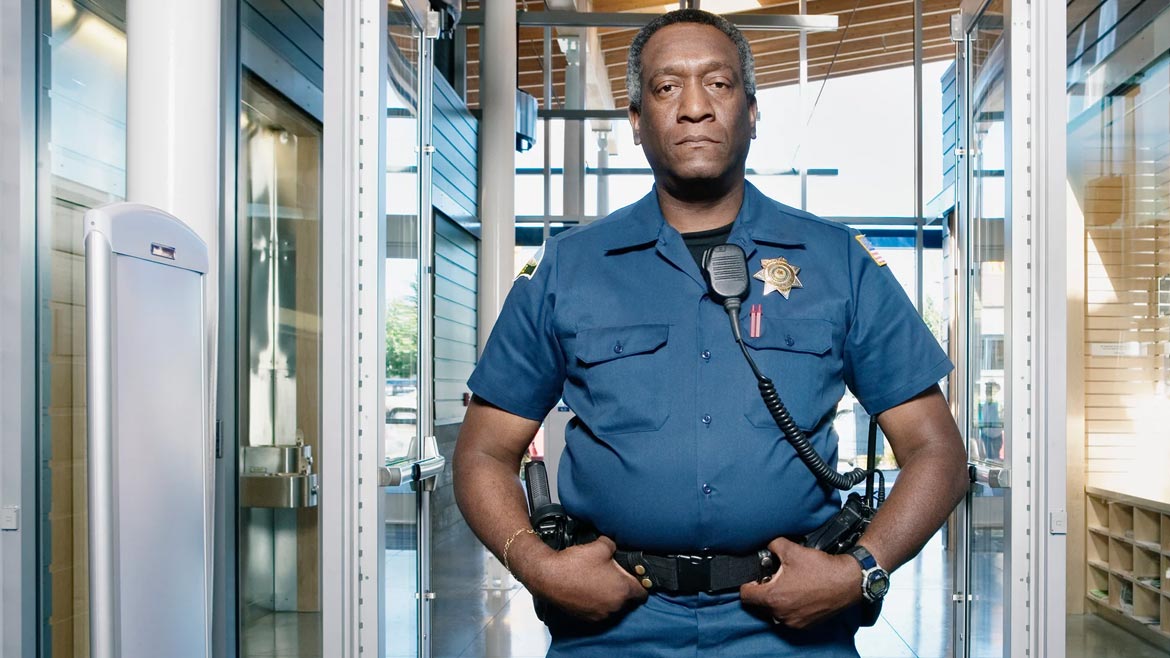In an increasingly interconnected world, the role of executive protection has evolved far beyond mere physical safeguarding. Today’s security professionals face a landscape marked by diverse cultural dynamics, where understanding the nuances of social interactions can mean the difference between success and failure.
Imagine a scenario where a security detail misinterprets local customs, leading to diplomatic faux pas that could endanger not only the principal but also the mission at hand. This stark reality highlights the pressing need for incorporating cultural awareness into executive protection training.
By fostering an appreciation for different perspectives, customs, and communication styles, security personnel can enhance their situational awareness, build rapport, and navigate complex environments with greater finesse. The case for integrating cultural competence into training protocols is not just about avoiding pitfalls; it is about enriching the skill set of protectors to be more adaptable, empathetic, and effective in an ever-evolving global arena.
The Importance of Cultural Sensitivity in Security Operations

Cultural sensitivity in security operations is not just a nicety; it’s a necessity that can significantly impact the success of executive protection efforts. In an increasingly interconnected world, understanding cultural nuances can mean the difference between a smooth operation and a potential crisis.
Misinterpreting local customs or failing to respect cultural norms can escalate situations rapidly, turning what might have been a routine appearance into a high-stakes incident. Moreover, a culturally aware approach fosters trust and rapport with local communities, which is crucial for gathering intelligence and ensuring safer environments for protectees.
Training programs that incorporate cultural awareness prepare security professionals to navigate complex social landscapes, enabling them to respond adeptly to diverse scenarios—whether negotiating tensions or blending seamlessly during a public appearance. In essence, cultural sensitivity is not merely an enhancement to security protocols; it is the foundation upon which effective executive protection is built.
The Role of Cultural Awareness in Risk Assessment and Threat Mitigation

Cultural awareness plays a pivotal role in risk assessment and threat mitigation, particularly within the realm of executive protection. Understanding the intricate tapestry of cultural nuances can illuminate potential risks that might otherwise remain obscured.
For instance, what may seem like an innocuous gesture in one culture could be interpreted as a grave insult in another, escalating tensions unexpectedly. By immersing themselves in the local customs, values, and communication styles, protective agents can better navigate complex social dynamics and identify warning signs that might signal emerging threats.
Moreover, this heightened awareness fosters trust and rapport with individuals from diverse backgrounds, transforming potential adversaries into allies. Ultimately, incorporating cultural intelligence into the training regimen of executive protection personnel not only sharpens their instincts but also enhances their effectiveness in safeguarding clients across varied global landscapes.
Future Trends: The Growing Demand for Cultural Competence in Security

As the world continues to globalize, the need for cultural competence within the realm of security has surged dramatically. No longer can security professionals rely solely on traditional methods; they must now navigate a complex tapestry of diverse customs, languages, and social norms.
This growing awareness underscores the imperative for executive protection training to evolve, integrating modules that address cultural sensitivity and awareness. The ability to understand and engage with individuals from varied backgrounds isn’t just a luxury; it has become a crucial asset that can dictate the success or failure of a mission.
In a time when political landscapes shift rapidly and communities are more interconnected than ever, security personnel equipped with cultural insight are poised to mitigate risks and foster trust, positioning them as not just protectors but as true guardians of peace in an increasingly multifaceted world.
Conclusion
In conclusion, incorporating cultural awareness into executive protection training is not just a matter of enhancing operational effectiveness; it is a vital component for ensuring the safety and well-being of clients in an increasingly diverse and globalized environment. By understanding and respecting cultural nuances, security professionals can build trust and rapport with clients and the communities in which they operate.
This approach not only mitigates potential risks but also fosters a more inclusive atmosphere. Just as security guard training emphasizes the importance of situational awareness and de-escalation techniques, executive protection programs must evolve to include cultural competence as a core element of their curriculum. By prioritizing cultural awareness, the executive protection industry can elevate its standards and better serve the complex needs of its clientele.

